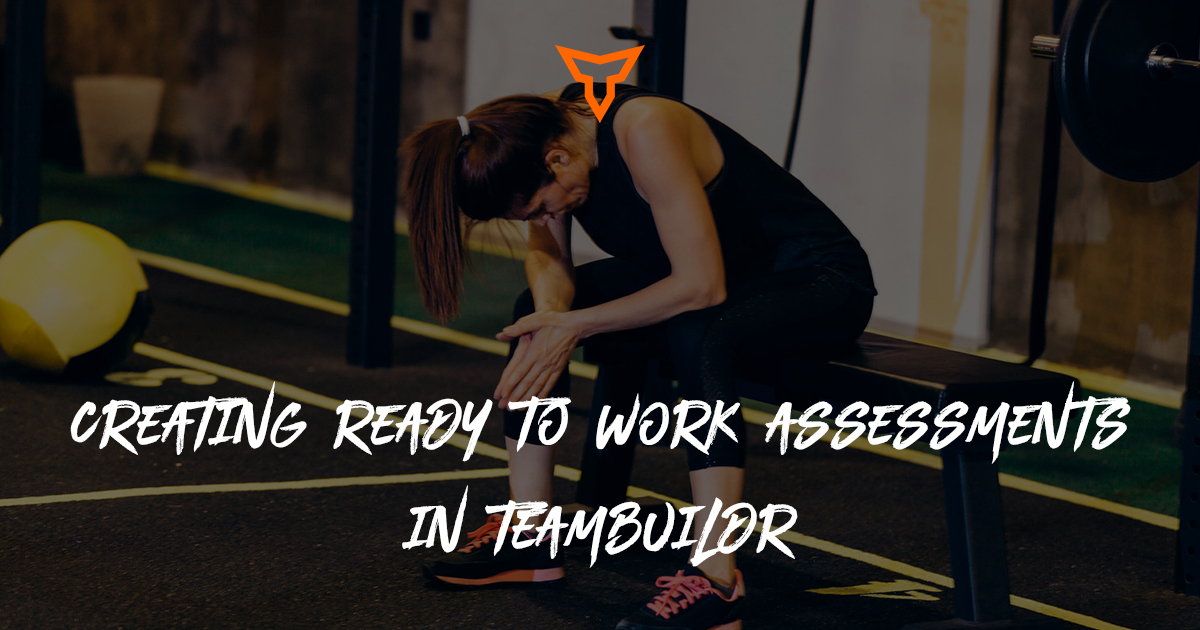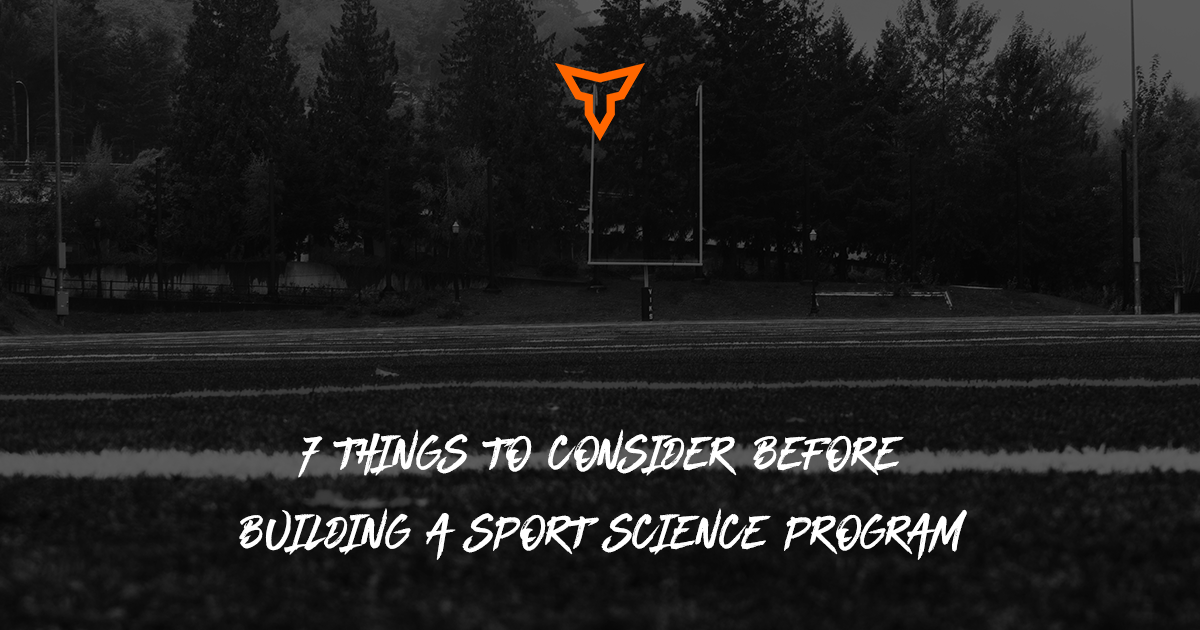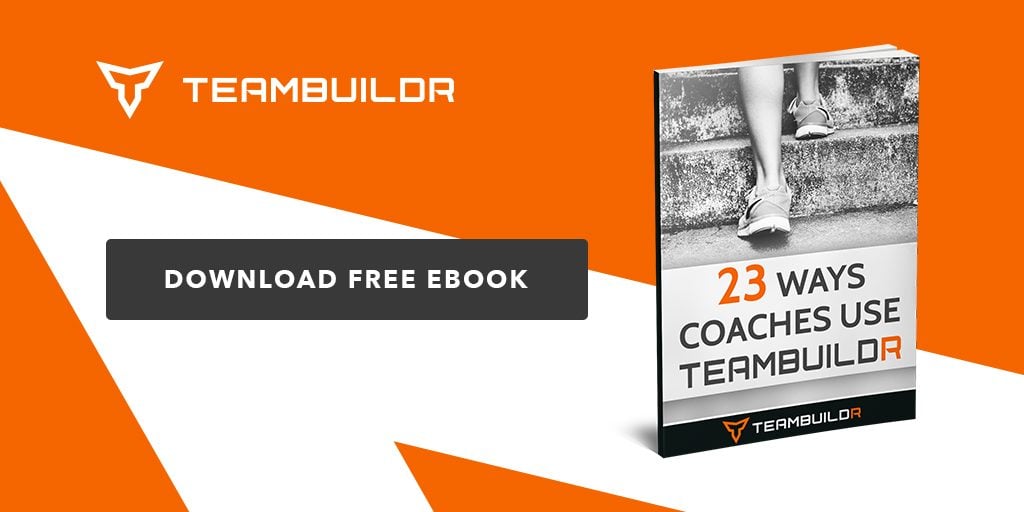Simple, Cost Effective Cramp Solutions S&C Coaches Need to Know
Pedialyte. Mustard packets. Pickle juice. Gatorade. Cramping is mainly due to (de)hydration, right? Only if your knowledge base is stuck in the 80s…
Most strength coaches and athletic trainers will routinely remind their players to drink more water throughout the day or even supplement with sports drinks during practice to enhance fluid balance and electrolyte ratio.
Originally, exercise-associated muscle cramping (EAMC) was attributed to electrolyte loss and interstitial fluid shifts which lead to hyperexcitability of skeletal muscle and spontaneous depolarization (aka the agonizing charley horse in your hamstring as you get out of the car).1,2
Thus, coaches believed that they could potentially reduce the likelihood and intensity of cramps by “front loading” electrolytes and fluid volume. Some coaches even believe that they can relieve cramps instantaneously with anecdotal solutions (e.g. pickle juice, mustard packets, etc).
However, keep in mind “fluids and electrolytes are not absorbed immediately after ingestion; that is, even hypotonic fluids require at least 13 minutes to be absorbed into the circulatory system.”3 Not to mention, the research on pickle juice and mustard for cramps is sparse with mild (if any) positive conclusions.4,5 Placebos are powerful.
Don’t blindly follow the crowd. Think critically, challenge everything. Let’s dive into some of our top cramp solutions...
The Hydration Hypothesis Hype
Consider this for a moment - if dehydration was truly the cause of cramps, why do individuals typically only experience cramps in a single, specific muscle group?
Similarly, why is it cramps seem to only occur in muscles that exhibit high levels of localized fatigue after a bout of strenuous exercise?
If hydration was indeed the only relevant component associated with EAMCs then why don’t we see cramps on a daily basis within most of the population given the typical lack of hydration?
Dig into the research, you’ll quickly find the answer: cramps are multifactorial and hydration may only be one piece of the puzzle.
Can we completely negate hydration? No, while a correlation may not be directly present, there is still some evidence that athletes who experience EAMC also exhibit significant fluid deficits.6 So, while this may not play a direct role within the occurrence of EAMCs, we cannot disregard its role in thermoregulation, cell swelling, blood pressure, or fluid balance.
Not to mention, research has shown that dehydration of greater than 2-3% can lead to marked decreases in endurance and strength performance, respectively.7 Similarly, dehydration can also alter cortisol concentrations in subjects before, during, and after exercise.8 Altering the hormonal environment around the training session affects much more than just EAMC so, hydration should not be discounted.
However, it’s important that we fully understand all components of hydration, not just fluid intake. Think back to high school chemistry class, water follows salt, right? If an athlete has a chronically low electrolyte intake, then regardless of fluid intake, there is a pretty good chance they’re still going to be dehydrated.
Thus, nutritional education for our athletes becomes of vital importance; here are a few suggestions for muscle cramp relief:
- Advise players to salt pre- and post-game meals.
- Educate players on potassium-rich nutritional options: avocado, plantains, spinach, sweet potatoes, coconut water, bananas, acorn squash, wild caught salmon, dried apricots, etc.
- Add salt to fluids to promote rehydration and water retention.10,11
- The National Athletic Trainers’ Association recommends 3-0.7 g/L of salt.12 Whereas others recommend higher amounts closer to 3.0-6.0 g/L.13
- Keep in mind that research has shown some individuals lose more salt through sweat and may be more prone to ‘heat cramping’.14 Thus, they may need a higher concentration of solute (i.e. salt) and a higher fluid intake in general for replenishment.
If working with clients or athletes on an individual basis, one of the easiest solutions is to combine 8-12oz of coconut water with a ½ teaspoon of celtic/sea salt to promote cellular hydration. This has nearly FOUR times the amount of electrolytes as Gatorade and it’s just as cheap. Win, win.
However, keep in mind as I mentioned in another article, “This will likely taste less than pleasant (read: terrible). Add some crystal light and it will become much more palatable. Remember, you’re drinking this for performance, not taste. It’s not going to taste like a Pina Colada version of Gatorade.”
Remember, salt follows water - you need an adequate balance of sodium AND potassium to maintain electrolyte balance. There’s a reason you have a cellular transmembrane pump for sodium and potassium. Don’t forget about one or the other.
Electrolytes and hydration are important, but they should be thought of as a preventative strategy, not a reactive approach to EAMCs.
Dealing with serious injuries?
Learn more about helping athletes mentally prepare after an injury
The Neuromuscular Hypothesis Hype
An additional contributing factor to EAMCs may lie within the central nervous system, not the muscle itself. You see, research has shown that there may be an opportune window after a fatiguing event known as the “cramp-prone state”.15 Essentially this means that you have an imbalance between excitatory muscle spindles and inhibitory golgi tendon organs relaying information to alpha motor neurons.16
Typically, when the muscle is placed in a shortened position, the imbalance between ascending input and descending output leads to the muscle contracting and thus you find yourself writhing in agony at 3am while trying not to shout 4 letter words loud enough for your neighbors to hear.
So, how much fatigue is too much? Can we monitor training load effectively to subsequently reduce the incidence of EAMCs within game or practice situations? Most likely no. To quote Miller et al. (2016):
Muscle fatigue is a continuum rather than an absolute condition. It is likely that the degree of fatigue required to elicit cramping is unique to each athlete. Because EAMC occur in a variety of situations, environmental conditions, and populations, it is unlikely that a single factor (eg, dehydration, electrolyte imbalance, or neuromuscular factors) is responsible for causing them directly. It is more likely that EAMC are due to a combination of factors that simultaneously occur under specific physiological circumstances in each athlete.
Be aware of how your athletes move – if a specific muscle group is cramping repeatedly, it may be due to overuse. Now the question remains, is this just due to overall volume or perhaps it’s being overworked due to poor biomechanics or compensatory movement?
Here are a few additional considerations to keep in mind:
- Larger, taller players may be at an increased risk for EAMC due to higher force demands placed upon their musculature.
- Utilizing carbohydrates during training may help to reduce the presence of central and peripheral fatigue.19
- Peak glucose oxidation rate = 0.5-1g/min depending upon the intensity and volume of exercise.20
- Thus, adding 30-60grams of carbohydrates per hour of exercise may help to lower the incidence of fatigue-related muscle cramps.
- An individual’s prior cramp history likely predicts future events.21 Those with prior issues (either personally or within their immediate family) are likely more susceptible to future EAMCs.
- There may be a genetic component to EAMCs – in other words, you may not be able to “fix” it, you may just have to be proactive and learn how to work around it.
- Research has potentially linked two gene variations (COL5A122 and AMPD123) to EAMCs due to their role in altering fatigue and contributing to the neuromuscular fatigue hypothesis.
Understanding the Role of Magnesium
Magnesium has well over 300 functions within the human body but one of the most unique benefits occurs within the sarcomere itself.17 You see, once actin and myosin form a cross bridge, they maintain that connection until ATP enters the equation to break the bond. You can see this in individuals who experience rigor mortis – actin and myosin couple but never release due to the lack of ATP post mortem.
However, what many don’t realize is that magnesium is needed to introduce ATP to the actin-myosin complex.18 Without getting too heavy into biochemistry or physiology, it’s basically essential to muscular relaxation. Not to mention it helps in the clearance of catecholamines (epinephrine, norepinephrine) which is kind of important given the fact that most of us and our athletes live in a stressed out, social media-driven world.
But, we must address the question of practicality – what can I actually get my athletes to do? In an ideal world, they would use transdermal magnesium after they take a shower as this has a high absorption rate and bypasses any potential GI issues.
But, we don’t always live in an ideal world. Here are some nutritional options for cramp prevention if they don’t feel like smearing mag gel on the bottom of their feet:
- Hemp seeds
- Spinach
- Swiss chard
- Pumpkin seeds
- Almonds
- Avocado
- Dark Chocolate (with >70% cocoa)
Supplements are only as good as their application. As Hippocrates once said, “Let food be thy medicine and medicine be thy food.”
“I’ve got a Cramp, Now What?!”
You’ve reached the point of no return. Your pec just cramped when you were brushing your teeth and now you can’t raise your arm above your head without excruciating pain. Now what?
- Stretch
Provided the athlete doesn’t have any pre-existed medical conditions which would alter other factors we’ve discussed (hydration status, nutrient deficiencies, neurological issues, etc.) this is likely the first place to start.24 It’s the oldest cure for cramps in the book but research indicates that it works for most cramps.26,27 However, keep in mind that there are different types of EAMCs and stretching isn’t a viable solution for heat cramps sustained in differing environmental conditions.25
2. Compression
Foam rolling, self-myofascial release, massage, etc. – whatever you want to call it, none of it is actually breaking up scar tissue or changing tissue integrity. You would need a scalpel for that, but that’s another article for another time.
However, by overloading mechanoreceptors (more specifically pacinian corpuscles and ruffini endings) within the muscle itself, you can essentially “reset” neural tone. Therefore, any changes which occur within foam rolling are primarily neural in nature, not physiological. But, given there is a neuromuscular component to EAMCs, this could be a very important tool in your toolbox. Use it wisely.
Summing It All Up
- Cramps are multifactorial by nature - there are physiological, neural, environmental, and genetic components which play a role in EAMCs.
- Hydration encompasses both fluid intake and electrolyte ratios (Na+:K+), don’t neglect one or the other.
- Research indicates there may be an 8hr window known as the “cramp prone state” in which the nervous system produces EAMCs when fatigued muscle groups are placed in shortened positions.
- Micronutrients such as magnesium play a critical role in muscular relaxation and should not be overlooked in the treatment and prevention of EAMCs.
- Passive and active stretching and soft tissue modalities are both viable options in the immediate treatment of EAMCs. They may help to alter neurological tone via their influence on mechanoreceptors, muscle spindles, and golgi tendon organs.
If you fail to address each component of the proactive system outlined above, then you will likely be forced to take a reactive approach once a EAMC sets in. Pickle juice, pedialyte, mustard packets, etc. may “magically” alleviate the symptoms (at least temporarily), either via placebo or minor electrolyte shifts. However, there may be a larger nutrition/hydration related component which needs to be addressed. Similarly, EAMCs may be more neurological in nature and that may require modalities (i.e. passive/active stretching, assisted soft tissue mobilization, self-myofascial release, etc.) to alter neural input and decrease peripheral output.
References
- Muscle Cramps during Exercise-Is It Fatigue or Electrolyte Deficit?
- Cause of Exercise Associated Muscle Cramps (EAMC) — altered neuromuscular control, dehydration or electrolyte depletion?
- The effect of osmolality and carbohydrate content on the rate of gastric emptying of liquids in man.
- Electrolyte and Plasma Responses After Pickle Juice, Mustard, and Deionized Water Ingestion in Dehydrated Humans
- Pre-Exercise Ingestion of Pickle Juice, Hypertonic Saline, or Water and Aerobic Performance and Thermoregulation
- Sweat and sodium losses in NCAA football players: a precursor to heat cramps?
- Effects of acute dehydration and starvation on muscular strength and endurance
- Effect of hydration state on resistance exercise-induced endocrine markers of anabolism, catabolism, and metabolism.
- Serum electrolytes in Ironman triathletes with exercise-associated muscle cramping.
- A Sodium Drink Enhances Fluid Retention During 3 Hours of Post-Exercise Recovery When Ingested With a Standard Meal.
- Rehydration with sodium-enriched coconut water after exercise-induced dehydration.
- National Athletic Trainers' Association Position Statement: Exertional Heat Illnesses.
- Exertional heat cramps: recovery and return to play.
- The role of sodium in 'heat cramping'.
- Exercise-Associated Muscle Cramps
- A Narrative Review of Exercise-Associated Muscle Cramps: Factors That Contribute to Neuromuscular Fatigue and Management Implications
- Biochemical functions of magnesium.
- Magnesium modulates actin binding and ADP release in myosin motors.
- Role of carbohydrate in central fatigue: a systematic review.
- High oxidation rates from combined carbohydrates ingested during exercise.
- Exercise Associated Muscle Cramps
- Collagen genes and exercise-associated muscle cramping.
- Muscle adenylate deaminase deficiency. Report of six new cases.
- Stone M, Edwards J, Stemmans C, Ingersoll C, Palmieri R, Krause B. Certified athletic trainers’ perceptions of exercise associated muscle cramps. J Sport Rehabil. 2003;12:333-342
- Bergeron M. Exertional heat cramps. In:Armstrong L, editor. , ed. Exertional Heat Illnesses. Champaign, IL: Human Kinetics; 2003:91-102
- Simple cure for nocturnal leg cramps.
- The athlete with muscular cramps: clinical approach.
Subscribe to our blog
Subscribe to receive the latest blog posts to your inbox every week.
Related posts

Using TeamBuildr to Create a Ready to Work Assessment

7 Things to Consider Before Building a Sport Science Program

